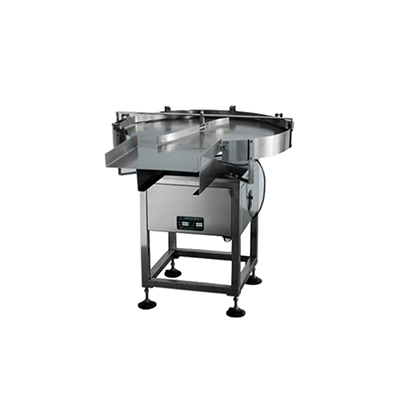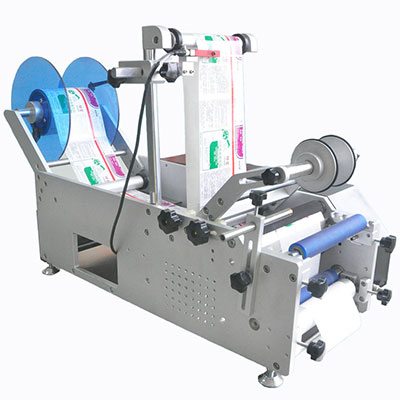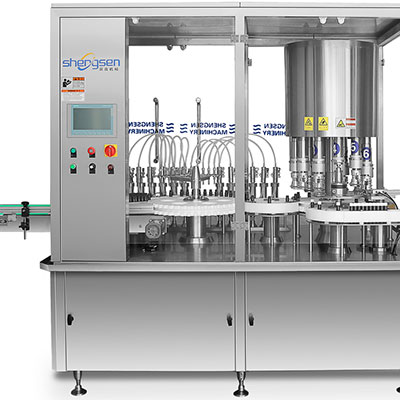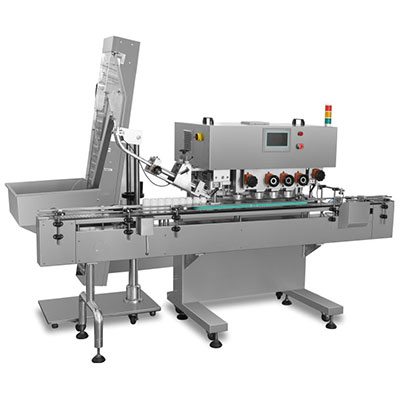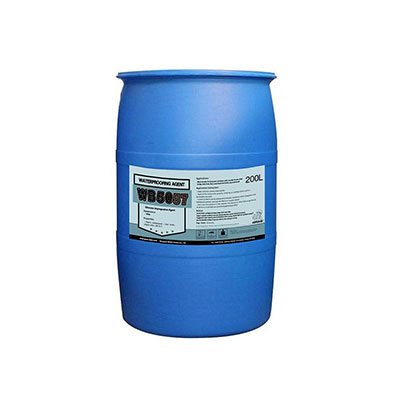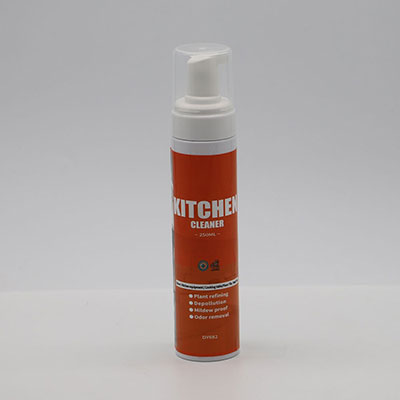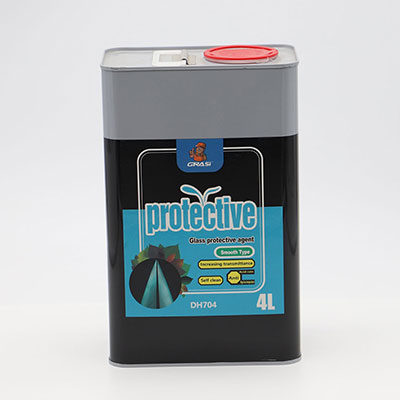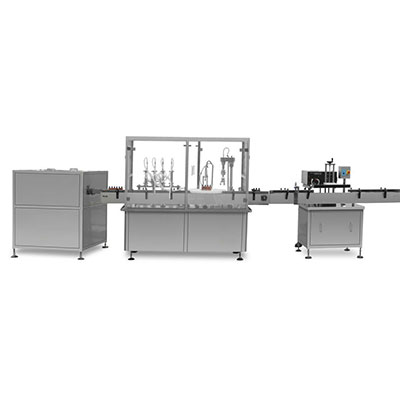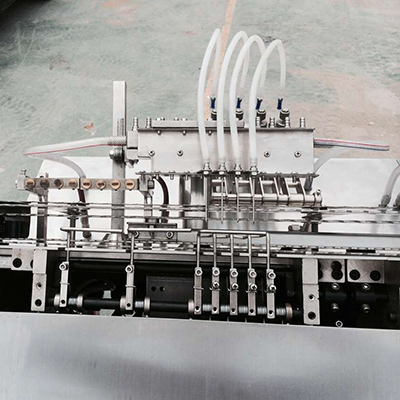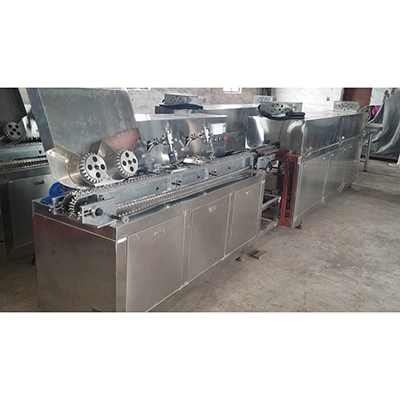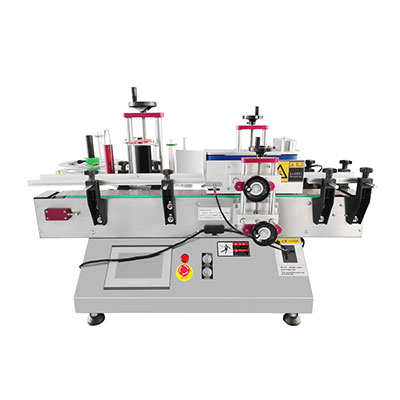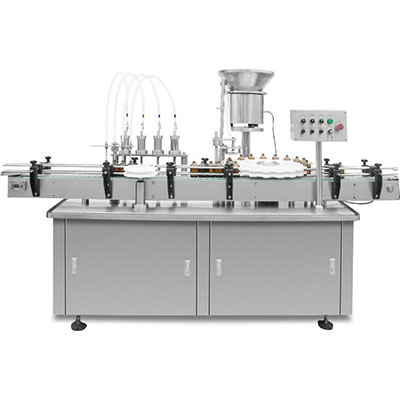Annealing Furnace
The annealing furnace is one of the key components for our continuous galvanizing lines or galvalume lines.
Over the years, we have been doing research and experiments with an aim to solve a range of problems facing every annealing furnace manufacturer. Those challenges include the fluctuating internal stress in the furnace, bad sealing conditions at the entry to the furnace, and the galvanizing roll to be submerged in the molten metal not rotating. All the above issues are successfully addressed as we have developed the furnace stress micro-control system, annealing furnace door sealing device, and professional galvanizing roll for ultra-thin strip steel. So far, a total of three patents have been granted to our company for the invention of the said devices.
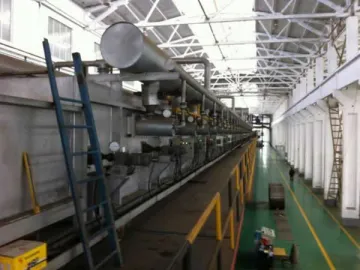
The annealing furnace used for consisting of our hot dip galvanizing line has a key role to play in the production process. It is comprised of the pre-heating section, heating section, uniform heating section and rapid cooling section.
Two purposes need be achieved at this line of heat treatment equipment.
1. The continuous annealing furnace needs to heat the strip steel to its re-crystallization temperature, so as to eliminate the residual stress caused by cold rolling, and to improve the ductility and toughness of the strip steel.
2. Through protective atmosphere annealing, the industrial annealing oven enables the hydrogen to react with the surface oxidation layer of the strip steel, thus transforming the ferric iron to iron. This process ensures better adhesion of zinc to the surface.
Process Taking Place in the Heating Section: Re-crystallization
Process Taking Place in the Uniform Heating Section: Deformed grain recovery and new grain growth
Process Taking Place in the Rapid Cooling Section: Keeping the solid solution of carbon precipitated and cool down the temperature of strip steel to a level that meets the requirement for galvanizing.
During annealing, the heat treatment furnace should be full filled with protective gas that contains hydrogen. Maintain a positive operating pressure all the time. The protective gas should be a mixture of nitrogen and hydrogen. The gas is discharged from the entry seal.
Links:https://www.globefindpro.com/products/85936.html
-
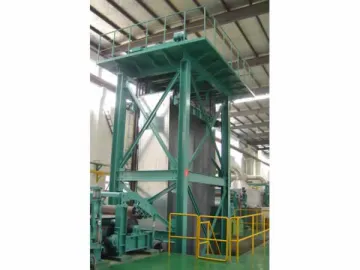 Steel Storage Unit
Steel Storage Unit
-
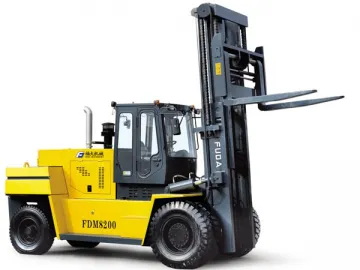 FDM8200 Forklift Truck
FDM8200 Forklift Truck
-
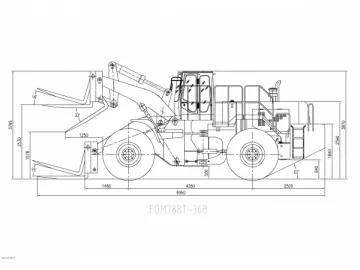 FDM788T-36B Telescopic Handler
FDM788T-36B Telescopic Handler
-
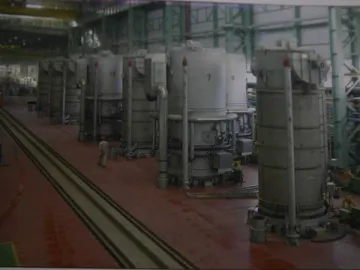 Bell Annealing Furnace
Bell Annealing Furnace
-
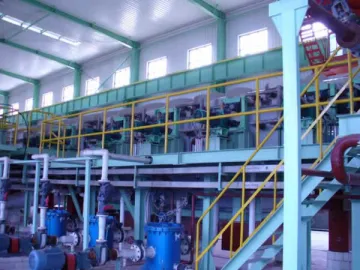 Annealing and Pickling Line (For Stainless Steel)
Annealing and Pickling Line (For Stainless Steel)
-
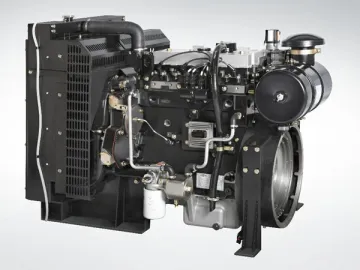 Genset Engine
Genset Engine
-
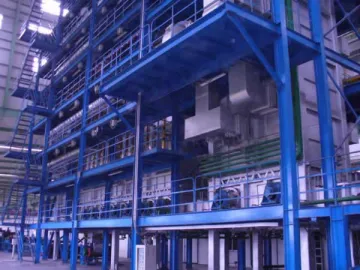 Continuous Annealing Line (For Strip Steel)
Continuous Annealing Line (For Strip Steel)
-
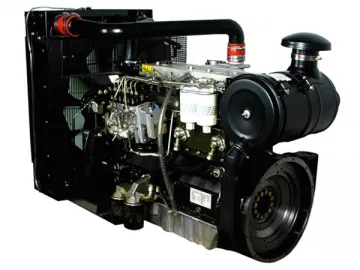 LOVOL® Generator Set Engine
LOVOL® Generator Set Engine
-
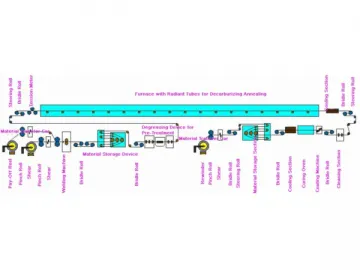 Continuous Annealing Line (for Silicon Steel)
Continuous Annealing Line (for Silicon Steel)
-
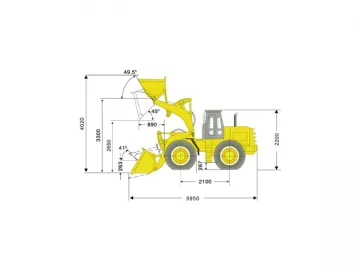 根据该客户OA修改意见,该产品删除
根据该客户OA修改意见,该产品删除
-
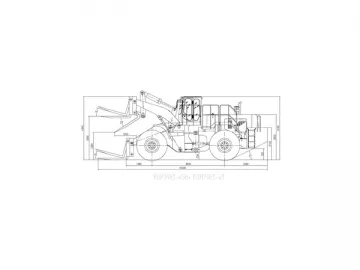 FDM 778T-32 Telehandler
FDM 778T-32 Telehandler
-
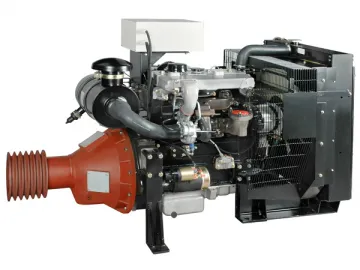 LOVOL® Pump Engine
LOVOL® Pump Engine
